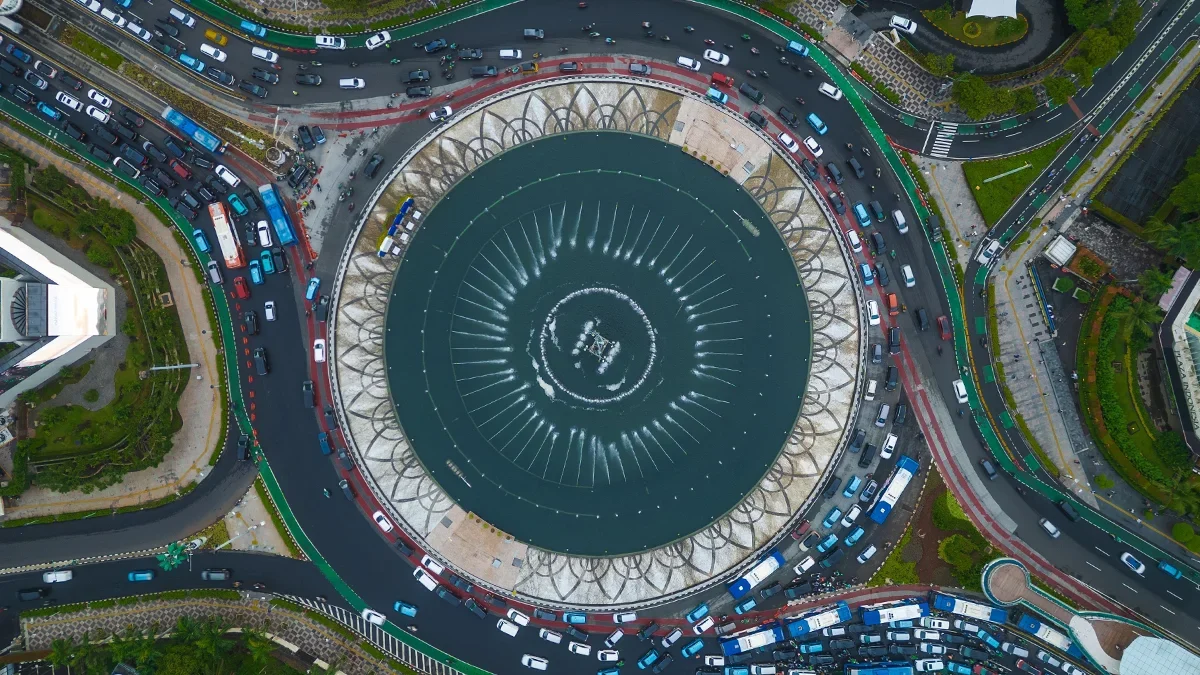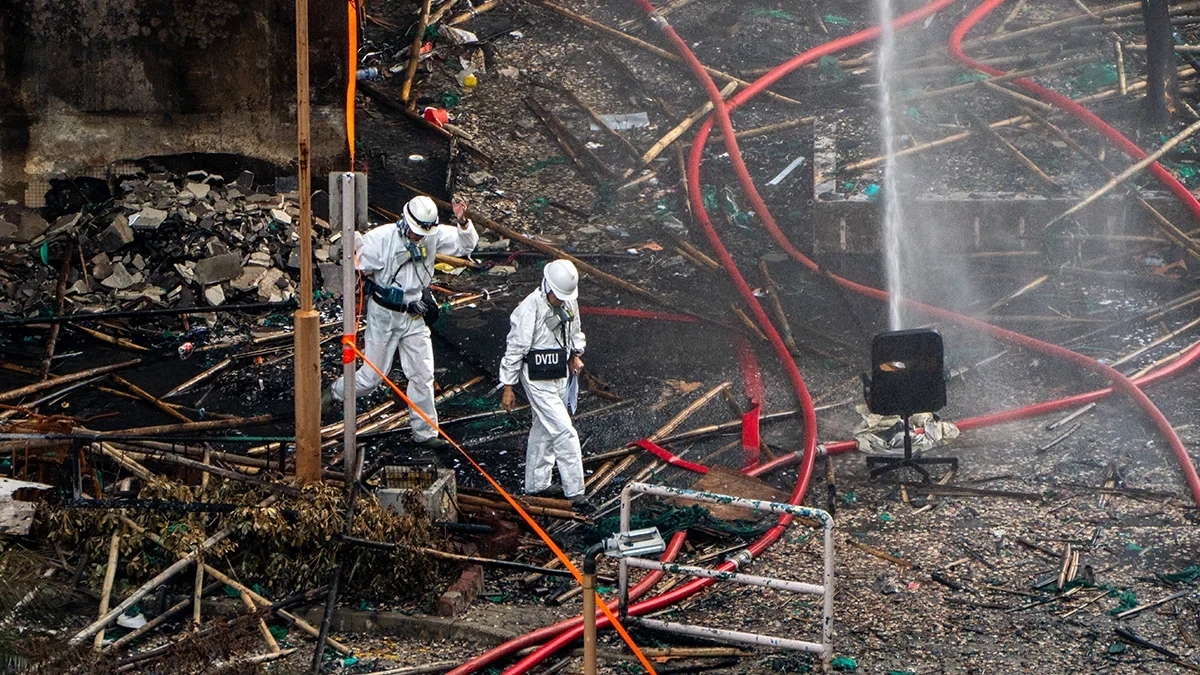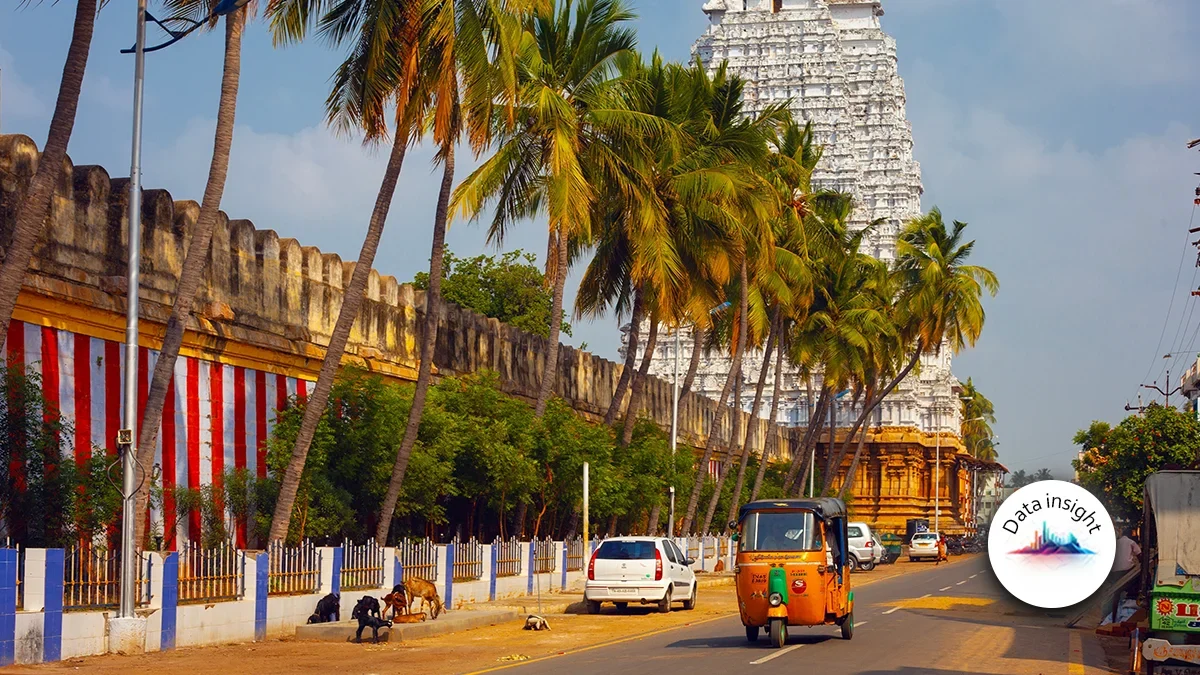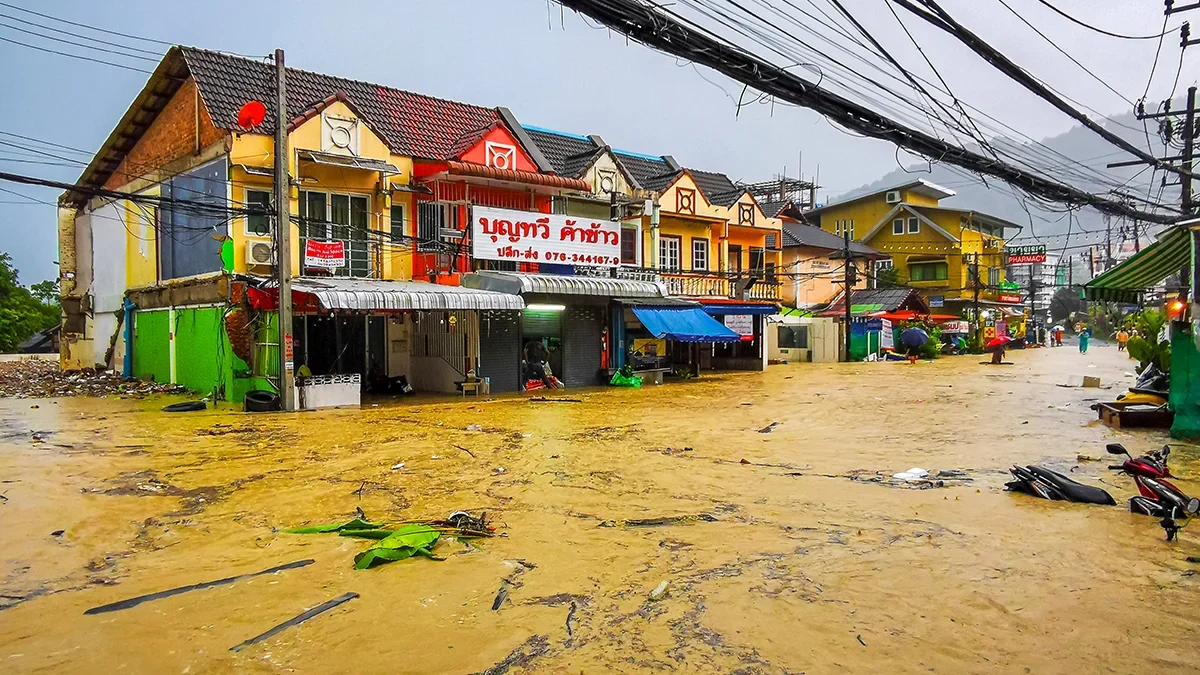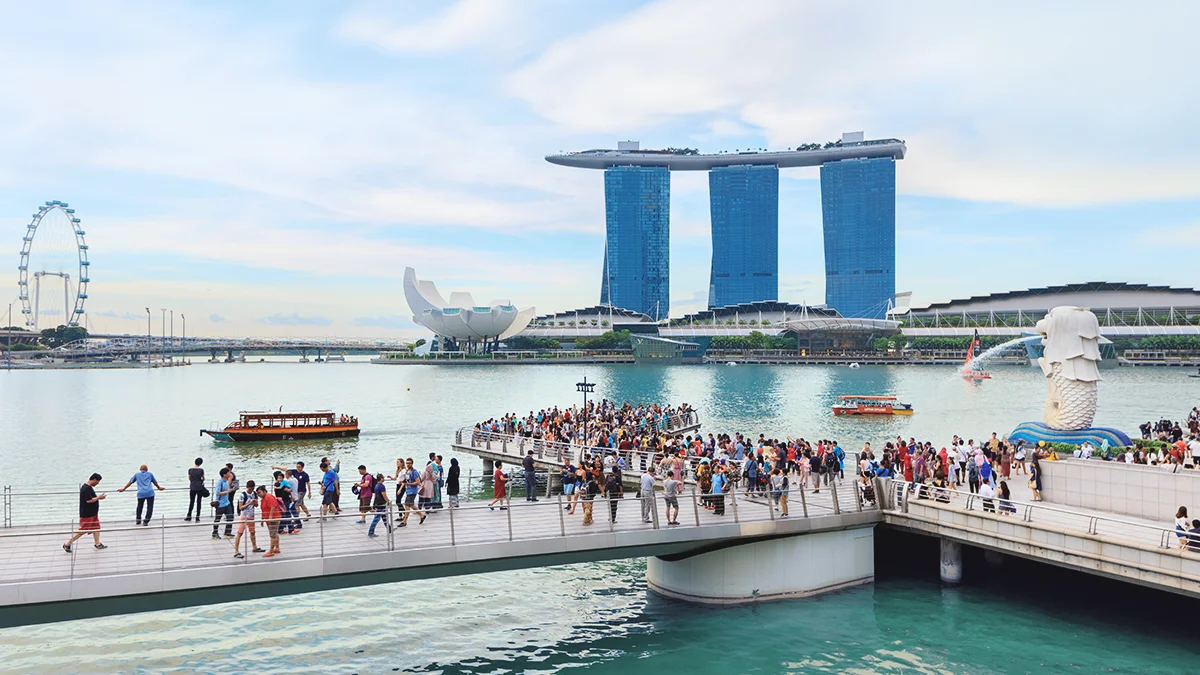(Re)in Summary
• Geopolitical risks, trade tensions, and policy shifts are increasing risk complexity and loss accumulation, especially in specialty lines such as marine, engineering, and credit & surety.
• SRCC insurance claims have also surged 3000% between 2000 and 2020, with recent high-profile events in APAC including riots in Nepal, civil unrest in Indonesia, and India-Pakistan skirmishes.
• The insurance industry should use reliable data, technology, and analytics to improve risk assessment, pricing, and prevention, while taking a proactive and holistic approach to risk management.
• Treaty renewals are likely to reflect heightened geopolitical instability, economic uncertainty, and natural catastrophe losses, with demand for reinsurance expected to remain strong.
The world is becoming an increasingly uncertain place, with geopolitical risks, trade tensions and policy shifts all putting significant pressure on the traditional risk management frameworks of (re)insurers.
With a growing middle class and a thriving manufacturing sector (accounting for 55% of global output, according to UN data), APAC sits right in the middle of all this disruption.
The deepening complexity of the global ecosystem makes evaluating risk far harder than it was in the past. As a recent EY report notes: “The international stability that insurers grew accustomed to through the 1990s appears to be out of reach for the foreseeable future and perhaps gone forever.”
Civil unrest
Against this backdrop, insurance claims arising from strikes, riots and civil commotion (SRCC) have skyrocketed.
Swiss Re estimates that, between 2000 and 2020, the number of claims from SRCC increased by more than 3000%. Data from Verisk suggests that there have been more than $10bn in insured losses globally due to SRCC events since 2010.

Victor Kuk
Head P&C Reinsurance SID, Swiss Re“Protests, riots, and populism are on the rise globally. Much like natural catastrophes, the potential impacts of SRCC events today are far greater than 50 years ago due to growing urban density and asset concentration,” says Victor Kuk, Swiss Re’s Head P&C Reinsurance for Southeast Asia, India, Korea, Hong Kong and Taiwan.
“We, as an industry, have the opportunity to address these challenges with innovative solutions that harness our industry’s respective strengths. The complexity of today’s risk landscape also demands a holistic approach,” he adds.
Protests and political violence-related events are on the rise globally, but according to Armed Conflict Location and Event Data (ACLED), a real time monitoring service, APAC suffered over 50,000 protests and riots last year – more than any other region in the world for the fourth year in a row.
While Asia-Pacific recorded the highest number of demonstrations, ACLED ranked the region fifth for incidents of political violence.
Even so, a series of high-profile events has unsettled the SRCC market this year, including riots in Nepal, civil unrest in Indonesia and cross-border skirmishes between India and Pakistan.
A complex picture
Kuk points out that, until fairly recently, only one SRCC event had ever exceeded US$1bn in insured losses – and that was the 1992 Los Angeles riots. However, Swiss Re data shows that recent large-scale SRCC events have reached US$3–4bn in insured losses. In Asia, the 2019 Hong Kong protests alone resulted in insured losses of about US$100m.
Many different elements lie behind the rise in geopolitical risk. Some of these are global in nature, while others are specific to individual countries. Such complexity makes tackling the risk much harder.
For example, Nepal’s unrest was triggered by a government ban on social media, seen as an attempt to suppress dissent amid widespread corruption, inequality, and youth unemployment, especially among Generation Z.
Indonesia’s violence arose from deep economic frustrations, corruption concerns, and broader anti-government sentiment.
The ongoing India-Pakistan skirmishes reflect longstanding territorial disputes, geopolitical rivalry, and border tensions that periodically escalate into military confrontations.
Each situation highlights different roots, but some shared themes are driving profound unrest and risks in the Asia-Pacific region and globally.
Persistent economic turbulence and inflation are leading to a volatile environment in many countries, with citizens increasingly taking to the streets to protest against the cost of living and perceived inequalities. Uncertain and unpredictable policy responses add fuel to the fire.
Shifting trade flows are resulting in business disruption, threatening job losses and reshaping societies.
These issues have persisted for several years, but the decision by the US in April to impose broad tariffs on many countries has intensified the challenges.
“The shadow of tariff uncertainty continues to weigh heavily on business confidence, investment and supply chains. Uncertainty remains one of the most disruptive forces in the global trading environment,” said [BE3] Ngozi Okonjo-Iweala, Director-General of the World Trade Organisation in August.
She added that the worst of the fallout from the trade tariffs has so far been avoided, largely because of the frontloading of imports and improved macroeconomic conditions, but that risk remains high going into 2026. Such sentiment is certain to worry many insurers.
Victor Kuk
Head P&C Reinsurance SID, Swiss ReGlobal supply chain disruptions and heightened SRCC losses mean specialty lines in particular are facing concentrated risks. In many APAC countries, rapid urbanisation and a growing concentration of assets is making the problem worse, increasing the value of at-risk exposures.
“Accumulation risk is critical as events often occur in dense urban commercial zones with high-value exposures. Even if most events result in limited losses, the probability of one large, systemic loss is rising,” says Kuk.
He adds that (re)insurers can respond to these risks.
“The industry must build a solid foundation of reliable data and enhance risk transparency across the value chain. Through technology and improved data analytics we also pave the way for more accurate exposure assessment, adequate risk pricing, better accumulation control and clear contractual wording.”
Kuk also argues that the insurance industry needs to move beyond its traditional role as provider of protection as it helps firms better anticipate and prevent risk in the first place.
Risk and opportunity
Geopolitical risk affects different product lines in different ways. Current macroeconomic turbulence and policy uncertainty is especially affecting specialty insurance lines such as marine, engineering, and credit & surety.
“We see increasingly visible impacts of global supply chain disruptions and heightened SRCC losses, with specialty lines facing concentrated risks,” says Kuk.
“SRCC is evolving into a frequency risk with severe tail potential, requiring a holistic understanding and prudent management to avoid concentration exposures,” he adds.
Marine insurance is suffering from reduced shipping volumes, leading to lower insured exposure, and a heightened risk of delays. But amid geopolitical risks, regional tensions, and policy uncertainty, increased competition means that (re)insurers in the segment continue to face downward rate pressure despite the amplified uncertainty.
Credit & surety faces greater default risk and project cancellations as economic activity slows. Rising construction costs and inflation can increase claims severity for engineering insurance. Although aviation and agriculture are less impacted, these lines may also see elevated costs of things like parts and machinery.
There could be some indirect impact on other product lines as well. For example, cyber insurance is not directly linked to trade policies, but geopolitical fragmentation does increase systemic cyber risk exposure, demonstrating the interconnected nature of risk in the modern day.
At the same time, heightened geopolitical risk could lead to fresh opportunities in certain segments of the market.
“On a more positive note, opportunities may also emerge in marine and engineering lines outside the US as global supply chains realign and regional trade,” Kuk says.
Similarly, demand for business interruption and trade disruption covers is increasing as companies seek more robust protection.
“The specialty sector faces elevated risk but also a chance to support resilience in an increasingly fragmented global economy,” says Kuk.
Victor Kuk
Head P&C Reinsurance SID, Swiss ReTreaty renewals
The volatile geopolitical environment is certain to be a factor in the 1/1 renewal negotiations.
“We expect demand for reinsurance to be driven by a combination of heightened geopolitical instability, persistent economic uncertainty, and natural catastrophe losses averaging over US$100bn annually,” says Kuk.
He adds that pricing is likely to vary considerably across business line and market.
“There is no single cycle,” he says.
Irrespective of business line, having a prudent, data-driven approach to underwriting and capital deployment is crucial for sustaining long-term client relationships against an increasingly complex and uncertain backdrop.
“We are here to help insurers manage through the uncertainties and our approach is one of discipline and consistency. We believe in long-term partnerships that balance risk-sharing and risk-adequate pricing, supported by data-driven insights,” says Kuk. “Proactivity—anticipating and adapting to emerging risks—is key.”







